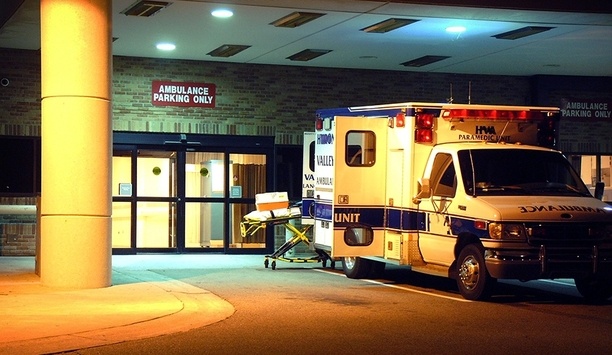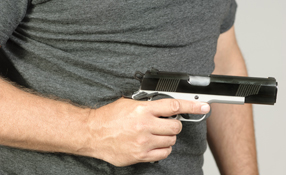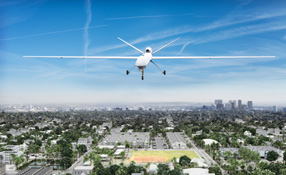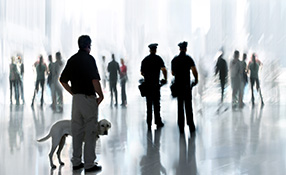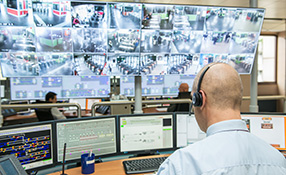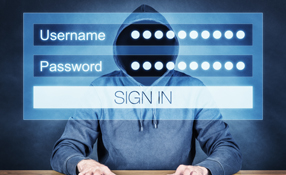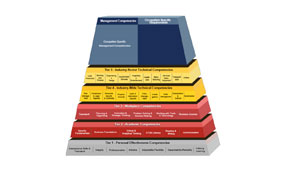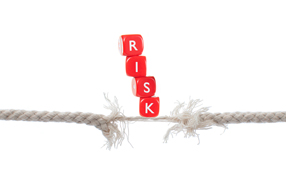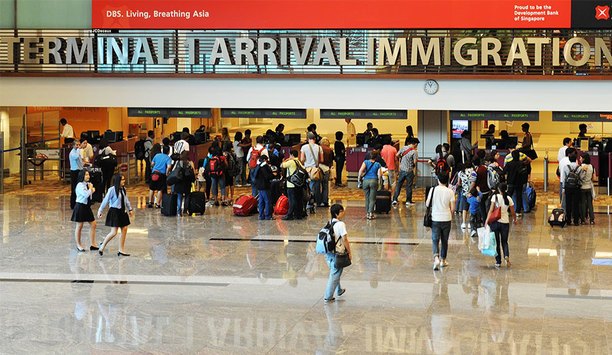Many people who decide to run, hide or fight during an active shooter event survive. John Matthews, a decorated law enforcement veteran and nationally known public safety consultant, studies this premise in his 2013 book: Mass Shootings: Six Steps to Survival.
“To survive, you have to be mentally prepared,” Matthews says. “You have to know what to do the minute the first shots ring out.”
For his book, Matthews researched 60 mass shootings that occurred between 1980 and 2010. As part of his research, he talked to those who survived and asked them how they managed to stay alive. “The book is designed for corporate security and safety managers who can effectively train their work forces and mitigate the harm from these attacks,” says Matthews.
Matthews summarizes his six steps with the acronym ESCAPE:
- Exit when possible without presenting a target
- Seek cover to protect yourself from harm
- Conceal yourself from the offenders
- Assess all alternatives
- Present a small target
- Engage only as a last resort
It is a more detailed take on the traditional advice offered by law enforcement: If you hear shots or explosions, run. If you can’t run, find a place to hide. If you can’t run or hide, fight — but only as a last resort.
Run From The Gunshots
Matthews observes that it frequently takes people several moments to realize that gunshots are gunshots and not firecrackers or vehicle engine backfires.
“If you are a teacher in a school, an employee in a post office or a worker in an office building and hear sounds similar to gunshots,” writes Matthews, “you should recognize that firecrackers or other pyrotechnics are not normal for your workplace and immediately take action.”
As soon as you hear a gunshot — exit as soon as possible. Don’t present a target. Run in a direction away from the shots. Go outside. Get away from the building and call 911. He also advises that you plan your escape ahead of time. Learn where the doors in your building are located. When something happens, head in the direction of the closest door that is farthest away from the trouble.
If you are caring for children, the elderly or patients and have to get them out of the building, another part of your task will be to keep everyone calm, focused and moving forward.
Matthews also warns against running when it would expose you to the shooter. You might have to crawl army-style across the floor and find a temporary hiding place. When you get outside, keep your hands in plain view so that responding police officers can see that you do not have a weapon.
 |
| Matthews researched 60 mass shootings and interviewed survivors to assess the best way to escape a shooting unharmed |
If You Can’t Run, Hide Or Take Cover
According to Matthews, there are two ways to hide. You can conceal yourself or take cover.
Your first choice should be to seek cover that will protect you from harm. Matthews suggests parked cars, cement barriers in parking lots, brick walls and other solid masses that will stop bullets. If there is no place to take cover, concealing yourself behind bushes, trees, banners and other non-transparent objects is the next best thing.
Inside a building, take cover behind large filing cabinets and heavy equipment. Matthews notes that locked rooms can be effective hiding places. Block the door with furniture. Lock the windows. Turn off the lights and stay low. If there is more furniture in the room, hide behind it.
In the events that Matthews studied, a number of people tried to conceal themselves under desks. All too often, they were found and shot. Desks aren’t cover or concealment.
Don’t pop out of your hiding place because the shooting has stopped. There’s a good chance the shooter is simply reloading and getting ready for another onslaught. From your place of concealment, assess all possible alternatives before deciding on what to do next.
If you decide that you can escape the building, move out, while presenting a small target. For instance, you might decide to stay low and crawl on all fours, keeping yourself in a tight compact ball. Such a small target is harder for a shooter to hit, explains Matthews.
As A Last Resort, Fight
While studying active shooting events, Matthews discovered that “when a single individual engages an armed offender, the individual almost always loses.”
That is why fighting must be viewed as the absolute last resort. In light of this, if fighting does become necessary, find others to help you fight. Even when you have assembled a group, don’t simply jump up and rush the shooter. Make a plan. Matthews cites a case in which a group laid low until the shooter stopped to reload. Then they attacked and quickly subdued him.
The ultimate goal is to do as little as you can to extricate yourself. Run away as soon as you hear shots. If you’re lucky the event will be essentially over for you. If you can’t run, hide and wait for a chance to run. If you don’t see an opportunity to run, wait out the event in the safety of your hiding place.
If you have to fight, fight hard and fight smart.





